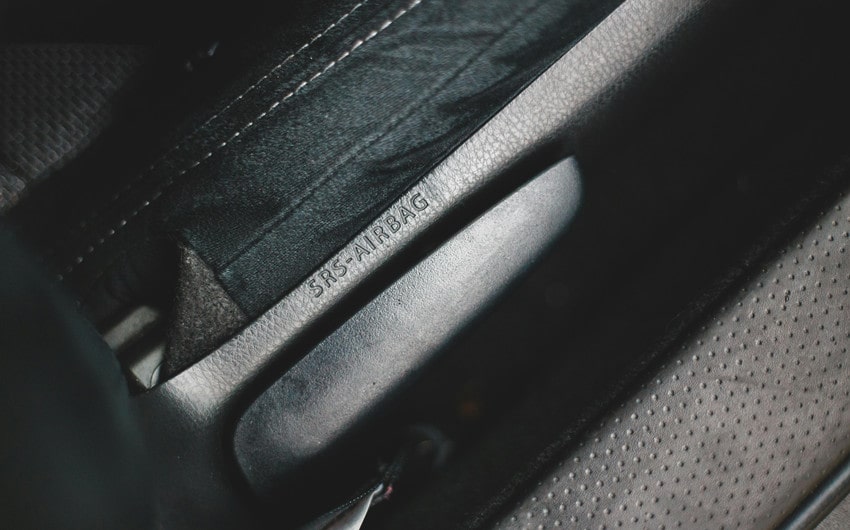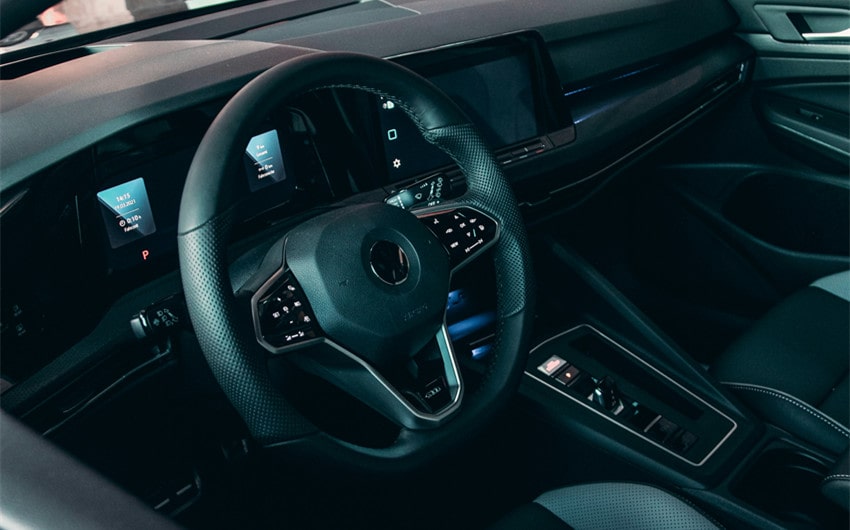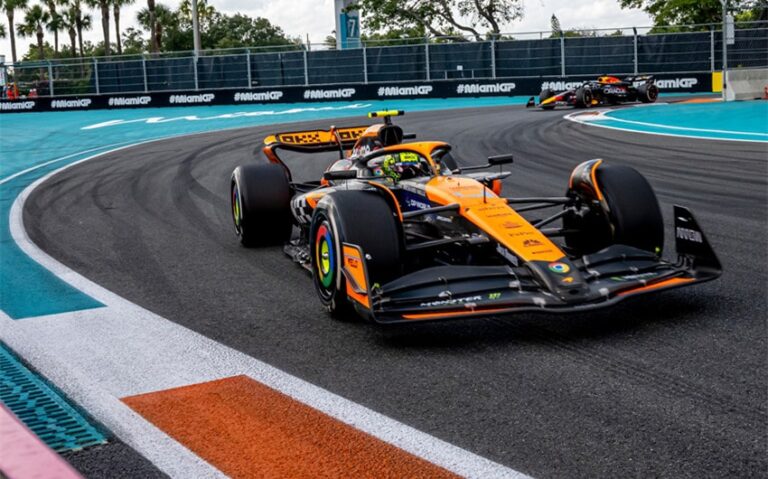Understanding SRS Meaning in Car: Essential Safety Information
Have you ever noticed the SRS light on your car’s dashboard and wondered what it means? Understanding the SRS meaning in car is crucial for your safety. The Supplemental Restraint System (SRS) is a vital part of modern vehicles, working alongside seatbelts and airbags to protect you in case of an accident.
Knowing what SRS entails and how it functions can help you ensure your vehicle is always ready to keep you safe on the road. In this article, we’ll explore the components, common issues, and importance of regular maintenance for the SRS system.
What is the SRS System?
SRS stands for Supplemental Restraint System, a term that encompasses various safety components such as airbags and seatbelt pretensioners. It is a crucial safety feature in modern vehicles, designed to enhance the protection of occupants in the event of a collision.
Unlike primary restraint systems like seatbelts, the SRS is considered “supplemental” because it works in conjunction with seatbelts to provide additional safety measures. The primary purpose of the SRS is to reduce the risk of injury during a crash by controlling the deployment of these safety features based on the severity and nature of the impact.
Components of the SRS System

The Supplemental Restraint System (SRS) is composed of several key components that work together to enhance vehicle occupant safety during a collision. Each component plays a specific and crucial role in reducing injury risk. Here are the main components of the SRS system:
1. Airbags
Airbags are essential for providing a cushioning effect during a collision, protecting occupants from severe injuries.
- Types of Airbags:
- Front Airbags: Located in the steering wheel and passenger dashboard, these airbags deploy in frontal collisions to prevent occupants from hitting the steering wheel, dashboard, or windshield.
- Side Airbags: Found in the sides of seats or doors, these airbags protect the torso and pelvis during side impacts.
- Curtain Airbags: Mounted in the roof lining above the side windows, these airbags deploy in side collisions to shield occupants’ heads from impact with the side windows or external objects.
- Knee Airbags: Positioned below the steering wheel and glove compartment, knee airbags protect the lower limbs during a collision.
- How Airbags Deploy: Upon detecting a collision, sensors send a signal to the airbag control unit, triggering a chemical reaction that rapidly generates gas to inflate the airbags within milliseconds.
2. Seatbelt Pretensioners
Seatbelt pretensioners enhance seatbelt effectiveness by removing slack instantly upon collision detection.
- Function and Importance: Pretensioners tighten the seatbelt during a collision, securing occupants firmly in their seats to prevent excessive forward movement, which reduces the risk of injury from contact with the vehicle’s interior.
- How They Work in Conjunction with Airbags: While airbags cushion the impact, pretensioners ensure the seatbelts hold occupants snugly, maximizing the protection offered by both safety features.
3. Sensors and Control Units
The SRS system relies on a network of sensors and control units to function correctly, detecting and analyzing collision data to ensure timely and appropriate deployment of safety features.
- Types of Sensors Involved:
- Impact Sensors: These sensors detect the severity and direction of a collision and are strategically placed around the vehicle to provide accurate impact information.
- Seat Occupancy Sensors: Installed in seats, these sensors determine if a seat is occupied, adjusting airbag deployment to protect the occupant.
- Crash Sensors: Designed to detect sudden deceleration or changes in velocity, crash sensors send signals to the control unit to initiate SRS component deployment.
- Role of the Control Unit in the SRS System: The control unit, or airbag control module, acts as the SRS system’s brain. It receives data from sensors, processes the information, and decides which safety features to deploy and in what sequence. This ensures airbags and pretensioners activate appropriately, providing optimal protection based on the collision’s specifics.
Common Causes of SRS Light Activation
When the SRS (Supplemental Restraint System) light illuminates on your dashboard, it indicates that there is a problem with the system that needs immediate attention. Understanding the common causes of SRS light activation can help you diagnose and address the issue promptly to ensure your vehicle’s safety features are functioning correctly. Here are some common causes:
1. Faulty Airbag Module
The airbag module is a critical component of the SRS system, responsible for controlling the deployment of airbags during a collision. This module can fail due to software errors, hardware defects, or exposure to moisture, which can cause corrosion or physical damage.
When the airbag module malfunctions, the SRS light will illuminate, indicating that there is a problem with the system. In some cases, you may also notice that the airbags do not deploy during a collision, posing a significant safety risk that requires immediate attention.
2. Seatbelt Pretensioner Issues
Seatbelt pretensioners are designed to tighten the seatbelt during a collision, providing additional restraint to the occupants. These pretensioners can fail due to wear and tear, mechanical issues, or electrical faults, with a common problem being damaged or disconnected pretensioner wiring.
If the pretensioner fails to activate or experiences a fault, the SRS light will come on, indicating that the system cannot guarantee optimal seatbelt performance during an accident, which compromises the safety of the vehicle’s occupants.
3. Sensor Malfunctions
The SRS system relies on various sensors to detect collision conditions and trigger the appropriate safety responses. These sensors, including impact sensors, seat occupancy sensors, and crash sensors, can fail due to physical damage, electrical issues, or software errors. Corrosion or exposure to extreme temperatures can also affect sensor performance.
When any of these sensors fail, the SRS control unit may not receive accurate information about the collision, leading to improper or non-deployment of airbags and other safety features. This results in the SRS light illuminating to alert you to the issue.
4. Wiring and Connection Problems
The SRS system is heavily reliant on a network of electrical connections to function correctly. These connections transmit signals between the sensors, control unit, and safety components like airbags and pretensioners. Any disruption in these connections can impair the system’s functionality.
Wiring can become damaged due to wear and tear, accidents, or rodent activity, and loose or corroded connectors can cause signal transmission problems. When the SRS control unit detects a break or fault in the wiring, it triggers the SRS light to warn of a malfunction, highlighting the need for prompt diagnosis and repair to ensure system reliability.
Importance of Regular Maintenance

Maintaining the Supplemental Restraint System (SRS) is essential for ensuring that your vehicle’s safety features are always ready to protect you and your passengers. Regular maintenance helps prevent unexpected issues and extends the lifespan of the system’s components. Here’s why regular maintenance of the SRS system is crucial:
Ensuring System Reliability
The SRS system comprises airbags, seatbelt pretensioners, sensors, and control units, all of which need to function flawlessly during an accident. Regular maintenance ensures these components are in optimal working condition:
- Routine Inspections: Inspect the SRS components for wear, corrosion, or damage. Early identification and repair of these issues can prevent malfunctions.
- Software Updates: Keep the SRS control unit’s software up-to-date to improve system performance and address known issues.
Preventing Malfunctions
Regular maintenance helps identify potential issues before they lead to system failure, ensuring your safety:
- Sensor Calibration: Sensors can drift out of calibration over time due to vibrations and temperature changes. Regular calibration ensures they provide accurate data to the control unit.
- Wiring Checks: Inspect the electrical connections in the SRS system regularly to prevent electrical faults that might trigger the SRS light.
Enhancing Vehicle Safety
The SRS system enhances occupant safety. Regular maintenance ensures the system performs as designed during an accident:
- Airbag Readiness: Ensure airbags are in good condition and ready to deploy correctly, reducing injury risk during a collision. Check for recalls or service campaigns related to airbags.
- Seatbelt Performance: Regularly inspect and test seatbelt pretensioners to ensure they function correctly in an emergency.
Compliance with Safety Regulations
Maintaining the SRS system ensures compliance with safety regulations and standards:
- Vehicle Inspections: Many jurisdictions require regular vehicle inspections, including checks of the SRS system. Keeping the system well-maintained helps you pass these inspections without issues.
- Resale Value: A well-maintained SRS system can enhance the resale value of your vehicle, assuring buyers that the safety features are in good working condition.
Reducing Long-term Costs
While regular maintenance incurs some costs, it can save money in the long run by preventing expensive repairs and extending the life of the SRS components:
- Early Problem Detection: Identifying and fixing minor issues during regular maintenance can prevent them from becoming major problems that require costly repairs.
- Component Longevity: Regular maintenance can extend the life of SRS components, reducing the need for premature replacements.





